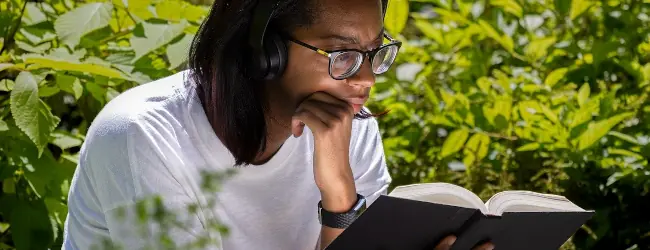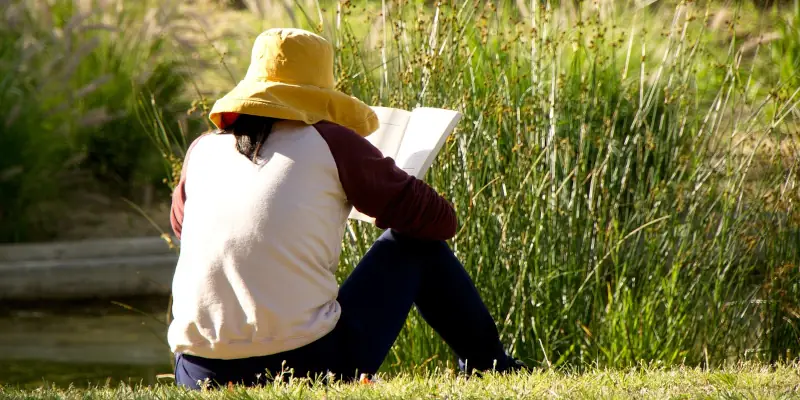I am developing my theory in several areas. One of them is about the source of our mental energy.
Although I had talked about it a lot until last week, I will add more explanation. I think there are two types of patience: healthy and unhealthy. So today, I will talk about it.
How to stop regretting our pasts
Sometimes, we regret our past. We tried and failed in the past to do things that didn’t suit us. Even though we felt it didn’t fit us, we kept doing it with patience.
For example, we may have tried to be extroverts and get along with them, even though we are introverts. Or we may have tried to socialize with as many people as possible, even though we are not good at socializing. And then we failed and regretted our patience. We might regret, “Why did I hold it up so hard?”

But I think there are two types of patience: healthy and unhealthy. If we understand it, we might be able to accept our pasts.
Healthy patience and unhealthy patience
The difference between healthy patience and unhealthy patience is as follows:
- Healthy patience: The patience to know our limits. We can find new possibilities with that.
- Unhealthy patience: The patience after we know our limits. There is no new possibility. We keep our current situation at the expense of our resources.

Healthy patience is the patience to know our limits. When trying new things, especially in areas we have never experienced, we often want to give it our all because we don’t know how much we can do.
Healthy patience around high school days
It may be easier to understand this if we think about our high school days or younger ages, around 14–25 years old. Perhaps we were often committed to something, such as sports, club or circle activities, studying for examinations to go to university or passing a qualification, or social activities. We don’t know why, but we concentrated on them and wanted to do our best, even though we had some pain.
They are healthy patience because we don’t know what we can do or how far we can go. To know that, we had to be patient at least once until we reached our limits.

And we don’t know where to show our talents, especially if we have strange characteristics. There could be a shortage of introverts even in an extroverted society. Perhaps the more we had strange natures, the more we needed to try various areas. So, we had to try different areas, even if we knew that those areas would not fit us.
Perhaps that is why we often wanted to do our best when we changed the environment, such as at the beginning of school, work, clubs, or circles.
We don’t need to regret them
Then, after knowing our limits or characteristics, we sometimes wonder why we tried such unsuited areas so hard.
But at that point, that was natural because we didn’t understand our limits. We don’t need to regret them. That was healthy patience.
Perhaps the more we try new things, the more we experience such natural patience, even after growing up.

On the other hand, unhealthy patience is patience after we know our limits. There is no new possibility. We keep our current situation at the expense of our resources.
That might not be so bad if we can accept it and live in a comfortable environment. But if we feel suffering and want to change, it might be better to find a better place.
Conclusion
So, there are two types of patience: healthy and unhealthy.
There is healthy patience to know our limits. We can find new possibilities with that.
If we understand it, we might be able to accept our past and use our patience efficiently.
Thank you for reading this article. I hope to see you at the next one.


